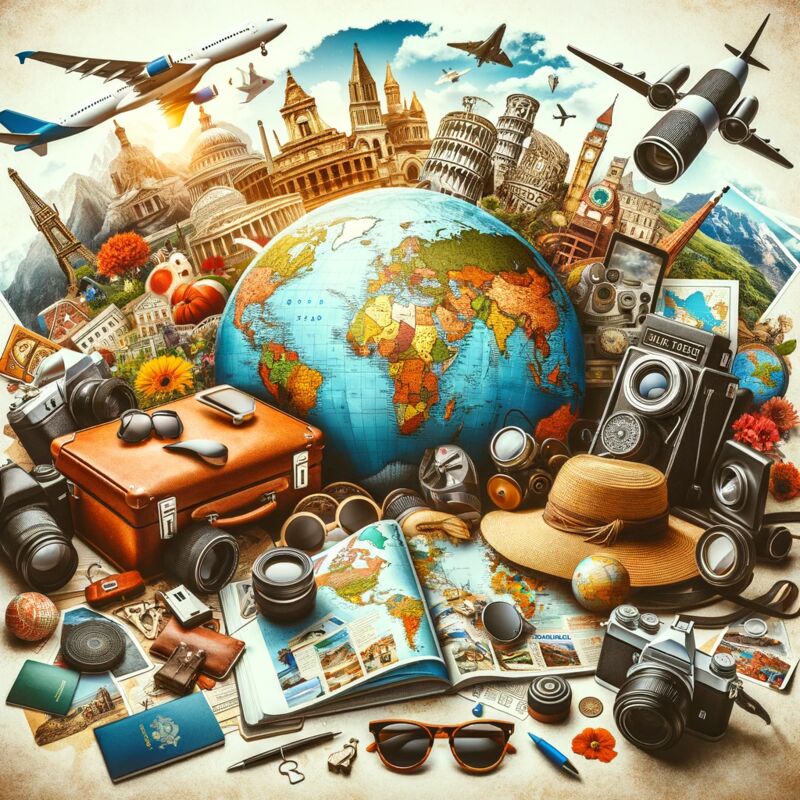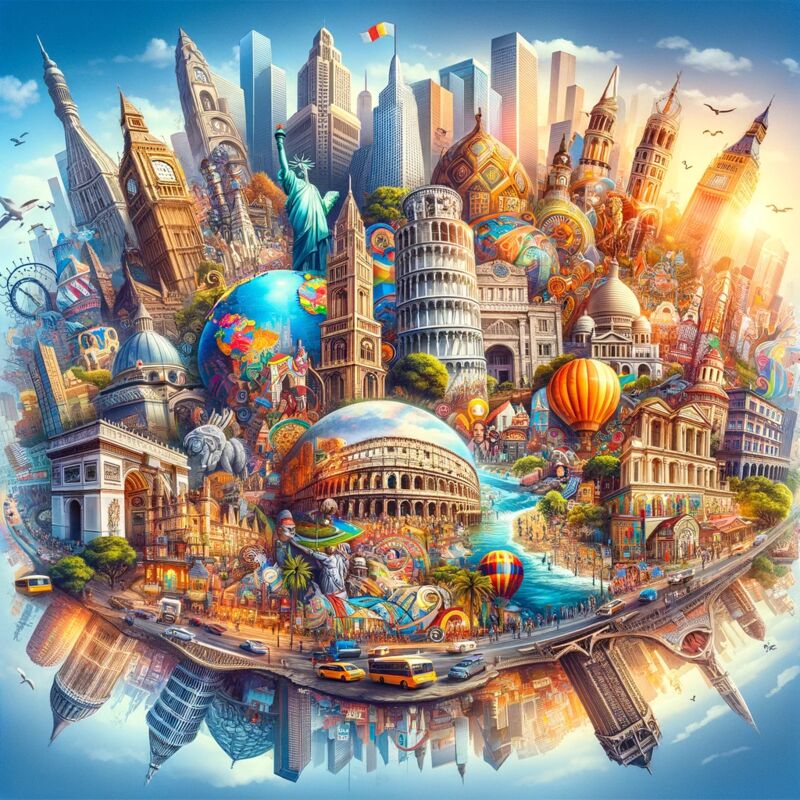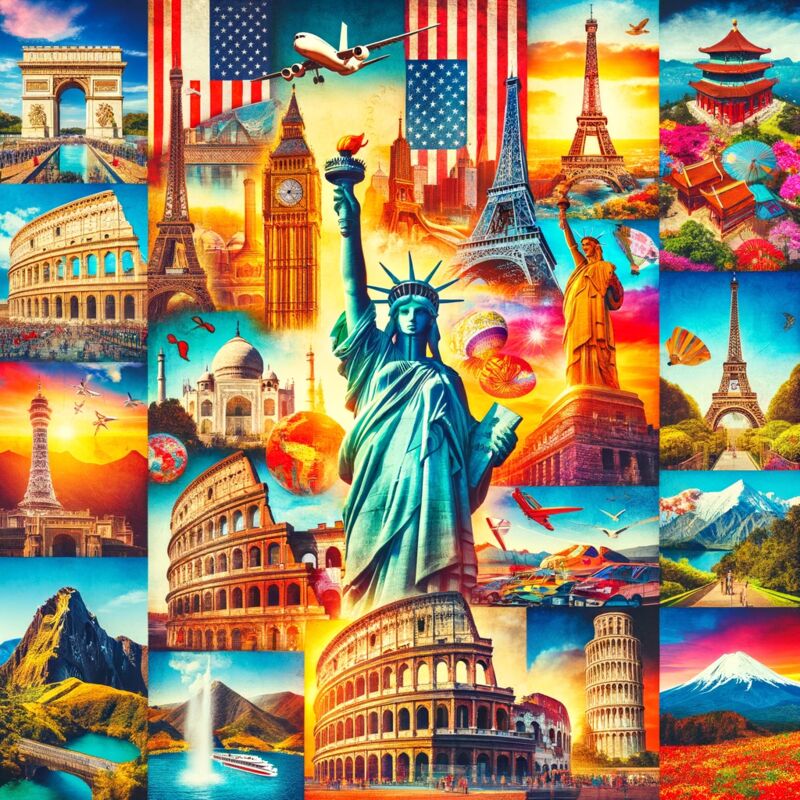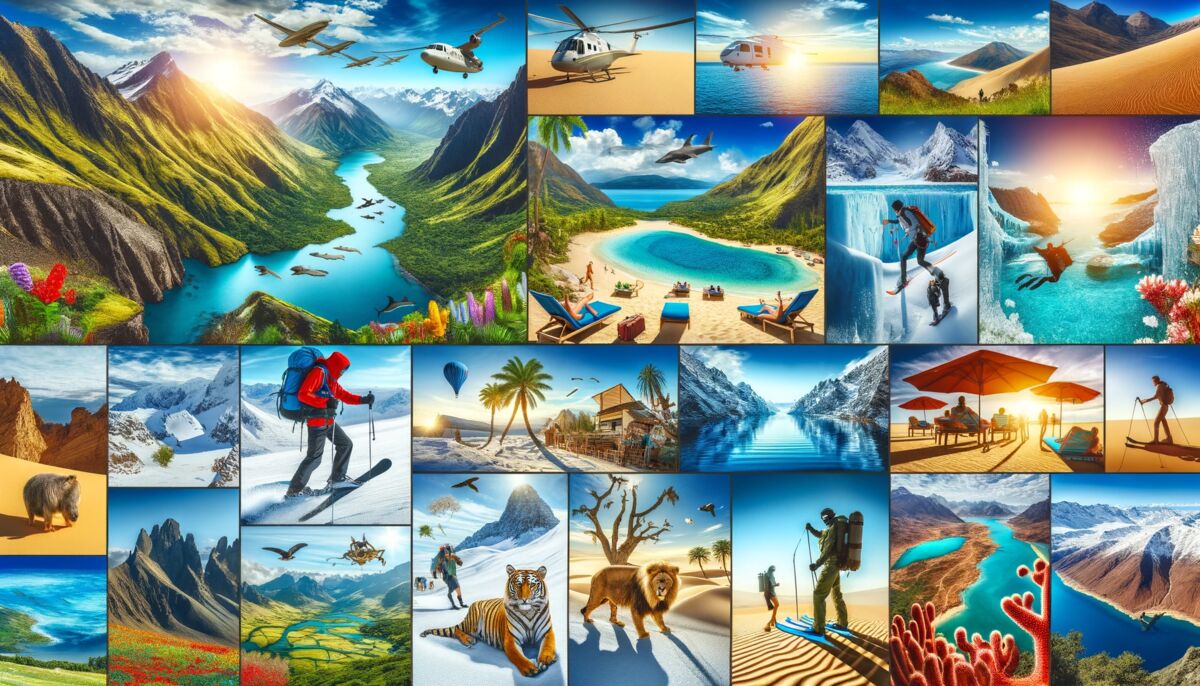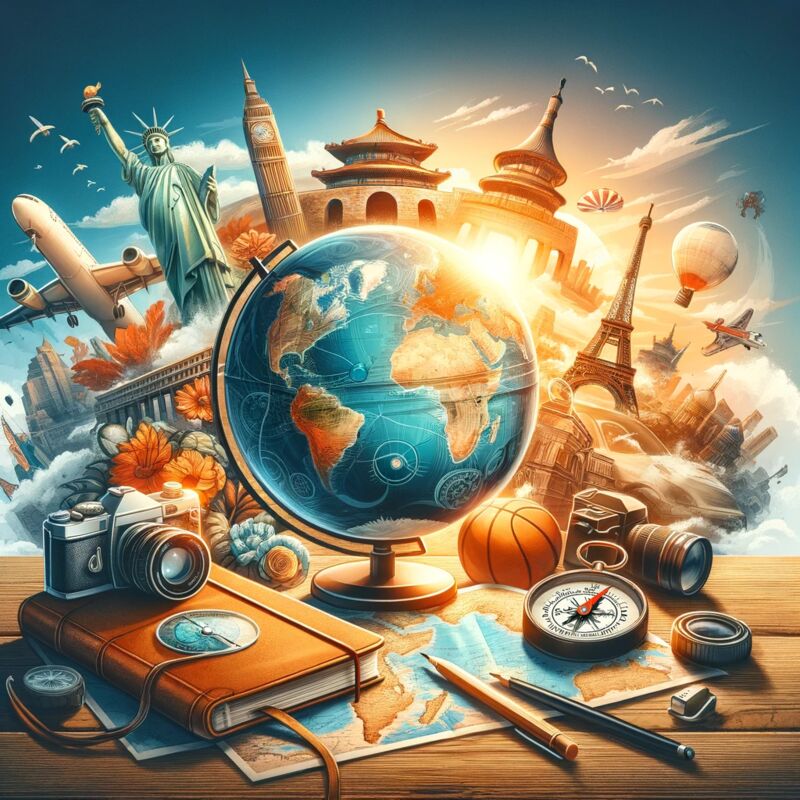Best Time to Travel to India: Maximizing Weather and Cultural Experiences
Planning a journey to India requires considering its vast geographical diversity, climate conditions, and myriad of cultural festivities. The subcontinent's weather patterns vary significantly from north to south, and east to west, playing a pivotal role in determining the ideal travel season. Additionally, aligning your visit with India's cultural events can create lifelong memories. Here's a guide to help you plan when to embark on your Indian adventure.
Understanding India's Climate Zones
India can broadly be divided into three climate zones. When deciding your travel itinerary, consider the climate conditions of each region:
- Northern Plains and Himalayas: Cool winters with snowfall in higher altitudes, and hot summers with monsoon rains.
- Central Plateaus and Western Ghats: Hot, semi-arid conditions, with monsoon influence bringing rains primarily between June and September.
- Southern Peninsula: Tropical climate with temperatures relatively consistent throughout the year, tempered by coastal breezes and monsoon seasons.
Optimal Travel Seasons in India
The best travel season overall in India is during the cooler, drier months. When planning your trip, aim for the following periods:
- Winter (November to February): Pleasant temperatures and minimal rainfall make this period ideal for visiting most of the country, including popular destinations like Delhi, Agra, and the Rajasthan region.
- Spring (March to April): Flowers are in bloom, and cultural festivals are aplenty. It's warmer, but still a comfortable time to explore the northern regions and the vibrant celebrations across the country.
- Post-Monsoon (October): The monsoon season has just ended, leaving behind a refreshed and lush landscape, particularly enticing for those interested in nature and photography.
Be mindful of the distinct climate conditions—summer (May to June) can be intensely hot, especially in the northern and central areas, while the monsoon season (July to September) brings substantial rains that can affect travel plans.
Cultural Events and Festivals
India's festivals are as diverse as its climate, offering visitors a glimpse into the country's rich traditions. Some cultural events to consider when timing your visit include:
- Diwali (October/November): The festival of lights is an exuberant celebration across India, with fireworks, sweets, and decoration of homes and streets.
- Holi (March): Known as the festival of colors, Holi is celebrated by throwing colored powders and water, signifying the arrival of spring and the victory of good over evil.
- Pushkar Camel Fair (November): Hosted in the desert town of Pushkar, Rajasthan, this fair is one of the world's largest camel markets, featuring vibrant cultural displays, camel races, and handicraft shopping.
Remember, attending these festivities can be a once-in-a-lifetime experience, but they also attract large crowds. Booking accommodations well in advance is recommended.
Conclusion
Ultimately, the best time to visit India depends on the regions you wish to explore and your interest in participating in cultural events. For pleasant weather conditions and an opportunity to witness India's grand festivals, plan your journey between the winter and spring seasons, with a preference for the months of November to April. This period offers a balance of favorable climate and cultural vibrancy, ensuring a memorable travel experience in India.

